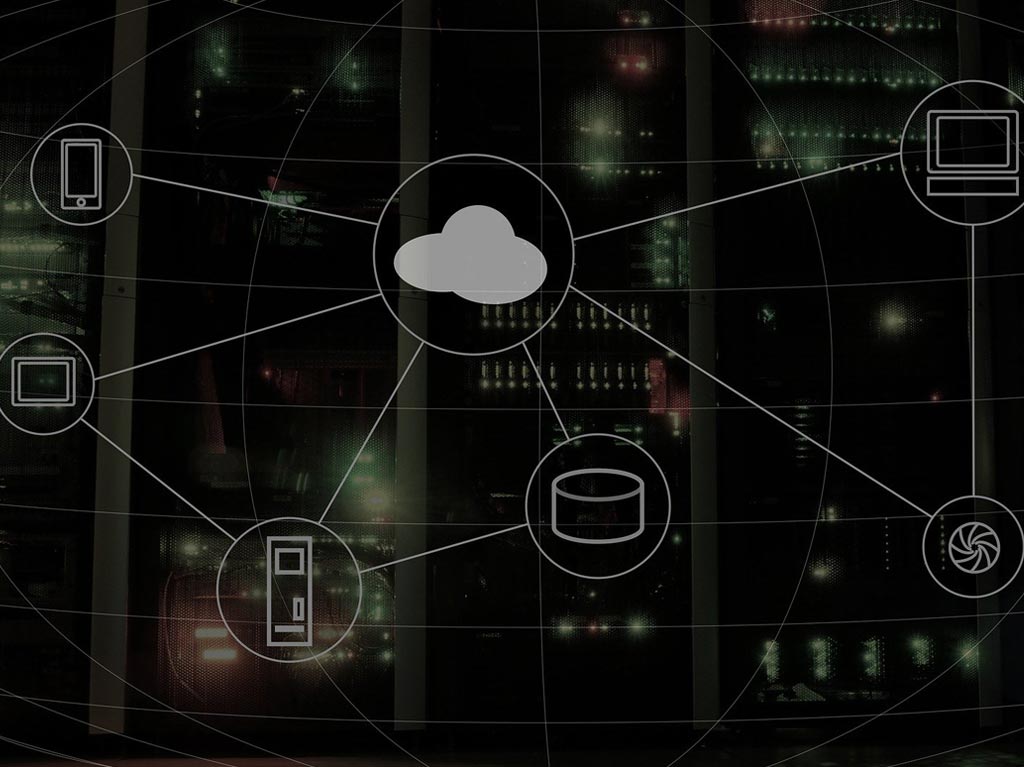BLOG
From Remote Working to COVID-19 Research: Cloud Computing in 2021

If you’ve heard people saying that the Coronavirus pandemic has been a blessing in disguise for some sectors, cloud computing is one of them. Thanks to the cloud, many businesses have been able to carry on with operations throughout the unprecedented pandemic period. Working from home, communicating & collaborating with teams in real-time, accessing office systems remotely, etc., have all been enabled through cloud computing.
Cloud-based solutions have also reduced operational costs, enhanced scalability, security, flexibility, among other benefits. And with the global cure still in the distance, this technology will continue to play a significant role this year, and many more to come. We’ve drafted a comprehensive write-up discussing how cloud computing has been a critical technical response to the pandemic, plus the top five trends to look forward to in 2021. So stay tuned!
How Cloud Computing is Supporting the COVID-19 Response
Cloud computing has been influential in enabling government agencies, organisations, and businesses to quickly adapt to the changing environments and maintain continuity. Platforms like Microsoft Teams, Zoom, and Slack have enabled remote working, learning, collaboration, video-conferencing, among others. The health sector is also a significant beneficiary of the Cloud, thanks to technologies like telehealth which has facilitated patient diagnostics, consultations, monitoring, etc.
Let’s take a deeper dive at more cloud solutions applications supporting the Coronavirus response.
Cloud Technology Enables Staff to Work from Home

It is common knowledge that one of the most lethal spreaders of the virus is physical gatherings – be it in the office or open-air environments. But thanks to the Cloud, several jurisdictions have been able to reduce the pandemic’s spread through work from home setups.
Most employers have successfully connected their on-site network to remote employees through their home broadbands, enabling flawless access to company tools and resources for continued workflow. As we’ve alluded to above, cloud apps and services like Microsoft Teams and Slack have also come in handy to facilitate real-time communication and collaboration among teams. Also, with all work-related data securely stored in the cloud, remote workers can easily access their devices to execute their duties, regardless of their current location.
The Cloud Has Enabled Mobile Healthcare Services
The COVID-19 pandemic has caused massive disruptions in the delivery of healthcare services globally. Unlike the traditional routine of physically visiting a healthcare centre to receive treatment, this has significantly been suppressed by the stay-at-home directives and the stigma/fear that you may contract the virus.
Luckily, the Cloud has brought a life-changing solution through mobile healthcare services. This has also been facilitated by the rapid advancement in supporting technologies such as the 5G network (faster mobile data transmission), sensor networks, and sensor devices.
Also known as mHealth, mobile health technology has marked its spot as a patient-preferred way of accessing healthcare. With the technology, users can easily log in to their patient portals, track their progress, initiate a telehealth visit, and manage their conditions plus medications remotely. This has improved medication adherence, made patient monitoring hassle-free, enhanced patient-doctor communication, and coordination, among other benefits.
Cloud Computing is a Facilitator of COVID-19 Research
Thus far, the significant progress achieved in the research of new Covid-19 variants, vaccination, the ultimate cure is attributable to cloud computing. How so? Different research organisations within the healthcare industry have been able to lock heads and work collaboratively for the better cause of overcoming the pandemic.
Sharing data between various research institutes world-over has never been easier as the cloud server can connect as many computers for enhanced cooperation. By integrating Artificial Intelligence, big data analytics, and Machine Learning, cloud platforms have enabled researchers to better manage and analyse videos, text, voice notes, images, and other data sets as and when they get transmitted from other research institutes.
5 Cloud Computing Trends to Look Out for in 2021
Besides coming through for the healthcare industry and supporting the COVID-19 response, cloud technology also has a bearing in a wide array of other sectors. Having realised the benefits it has, many businesses are switching to the cloud as a means of laying the foundation for increased agility.
We’ve hand-picked the top five trends that are tipped to revolutionise the cloud technology sector in 2021. Here’s a detailed insight:
Healthcare Moving to the Cloud
Healthcare migrating to the cloud has been a trend for the last couple of years and will continue to be so in 2021. And as estimates have it, the global healthcare cloud computing market will grow by $25.54 billion between 2020 and 2024. Cloud computing has invented and facilitated the widespread adoption of telehealth, thanks to its capability of securely storing patient data online.
Cloud technology’s scalability also hasn’t gone unnoticed, as it’s helping healthcare institutions save on costs massively. For instance, since more people are likely to get infected with illnesses like flu during winter, hospitals can increase their cloud capacity hassle-free within that period. And when the levels of infections decrease in the summer, they can also downscale their capacity at no additional cost.
The Imminent Growth of Serverless Computing
Why invest in acquiring, maintaining, updating, and upscaling your servers when you can outsource the management to your cloud services provider, CSP? Switching to serverless computing is a cost-effective move since your CS will only charge for assigning resources.
And the reward? Your employees will have more time to focus on more value-adding functions like enhancing customer experience and developing new products. With serverless computing being overly flexible, energy-efficient, and cost-effective, you can expect its growth to continue in 2021 and beyond.
Edge is Becoming the New Cloud
Just like the cloud, edge computing stores tons of information and data online, but this time, it does the storage locally, i.e., on the edge. The trend will most likely deduct points from cloud computing as it offers businesses and organizations a solution to bring data closer to their devices rather than use a public cloud.
More so, with many people resorting to working remotely in 2021, edge computing will come in handy by eliminating latency issues that usually affect network speed and performance. Bringing data closer to the remote devices will also boost productivity and team collaboration.
The Rise of Virtual Cloud Desktops
If you’ve ever dreamt of having your entire workstation accessible via the cloud, virtual cloud desktops, or Desktop-as-a-Service, DaaS is about to make that a reality in 2021. In case you’re wondering, this arrangement will make everything, from operating systems to the computer settings, available over the internet.
As distance working is becoming the new norm, DaaS will enable staff to work from anywhere, on any device. This will help cut costs as businesses will no longer need to spend on software/hardware updates. Plus, the virtual workstation will be overly secure, thanks to the automatic backing up and data storage in a secure cloud.
Cloud Gaming will Rise

Cloud gaming is a relatively new technology that is tipped to bring an exhilarating experience to enthusiasts. Although the market is still emerging, it’s snowballing, thanks to the Asia Pacific (APAC) region’s fast-paced internet penetration. In fact, Infoholic Research finds that the APAC gaming market will register a Compound Annual Growth Rate (CAGR) of 46.8% by 2022.
Some of the leading companies that have and will continue to steer growth in this sector include Nintendo, Sony, Amazon Web Services, LG, Zynga Inc., and more. If you’re interested in venturing into the Asian Pacific Gaming industry, this is the perfect opportunity to do so.
Final Remarks: Cloud Computing in 2021
There’s no denying that cloud computing will continue to grow and influence changes in multiple industries, including healthcare, education, manufacturing, retail, gaming, etc. With companies having realised how cloud technology can save them massive expenses and streamline processes, we can only expect more innovations and solutions in 2021 and beyond. As cloud solutions continue to expand in popularity, it’s imperative that your business has the right connectivity infrastructure in place to capitalise on this growing trend.
Allo Technology is a top-rated telco infrastructure service provider. Get in touch with our team today for more insights on how we can upgrade your internet connection to help you make the most of cloud computing technology for your business!
